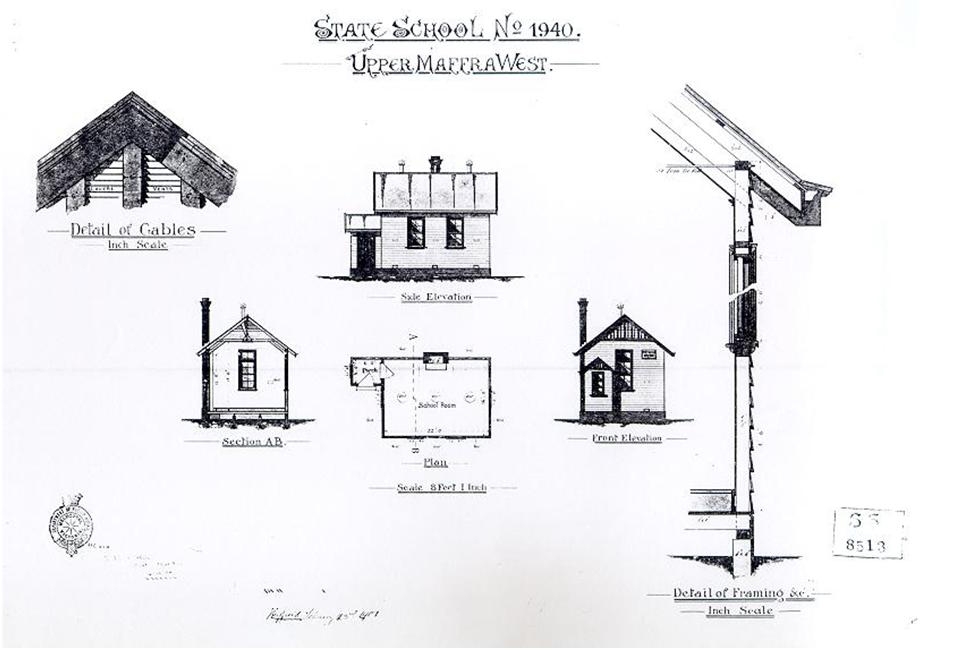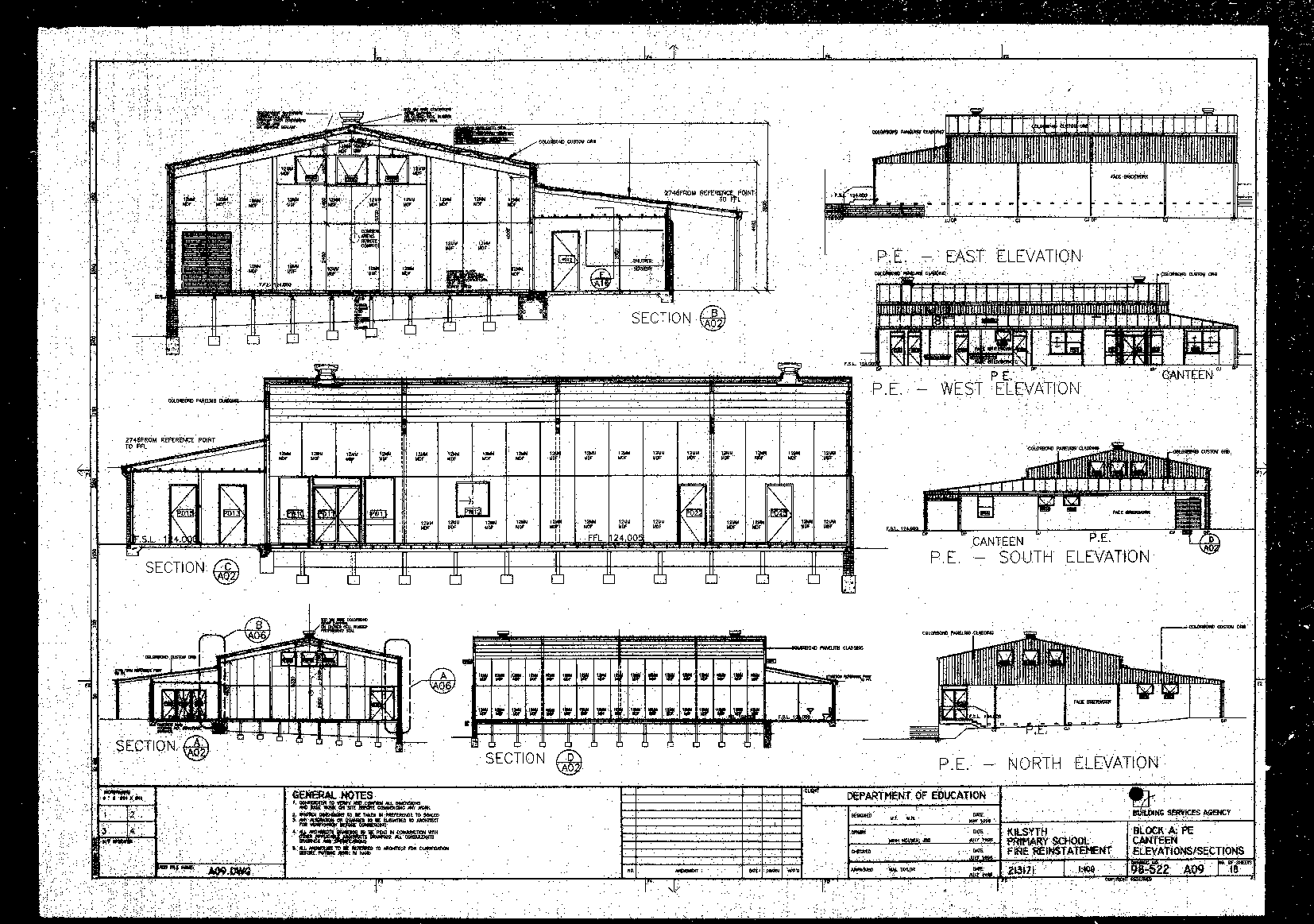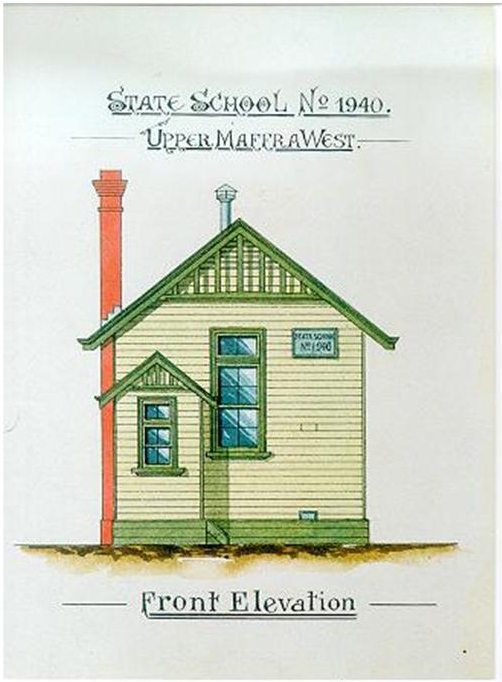Author: Sandra Hopper
Some of the links and directions in this post are now out of date. For the most up-to-date instructions on researching government buildings go here.
PROV holds the drawings created by the former Public Works Department (PWD) and its successor agency, the Building Services Agency (BSA). These agencies were responsible for the design, construction and maintenance of Victorian government buildings and are a valuable resource for researching a range of properties and architectural designs in Victoria dating from c1853 to 1998.
The drawings include state schools, high school, technical schools, colleges, mental asylums, government offices, bridges and roads, law courts, police stations, prisons and other public buildings.
The collection contains approximately 270,000 drawings which are available on microfilm aperture cards. The index relates to VPRS 3686 Pre Metric Building plans 1853-1972 ,VPRS 3821 Metric Building plans 1973-1998 and VPRS 11519 Survey plans 1962-1998 and is available on PROV’s website at www.access.prov.vic.gov.au under Digitised Records and Online indexes.
It is simple to navigate the online index. Simply start by searching the name of the building or location or search for schools under the school name. It is important to consider changes to the names of older buildings that you are researching. For instance, mental asylums and schools more often than not have had a name change since their construction. In these instances, try searching under the original name of the building if it is known.
While most drawings are available to view, some public buildings, such as prisons, are under restricted access and authorisation must be obtained from the government department responsible for the buildings before access can be granted. If you wish to access plans that are restricted, see the information in PROVguide 28 in the Accessing Restricted Plans section.

There are a range of drawing categories available at the Victorian Archives Centre. These include Architectural, Civil and Hydraulic Services, Electrical Services, Landscape, Mechanical Services, Structural, Standard drawings and Survey. Details including site plans, elevations, sections, floor plans, fitments, structural works, roof plans and site survey plans are often available to view. Service drawings include water supply, sewerage, stormwater, drainage, gas supply, civil works, electrical services - power and lighting, fire services and mechanical services including equipment, boilers, fuel tanks, heating, air conditioning and ventilation.
It is useful to know that drawings created from 1853 to 1972 were controlled by a number of different drawing registration systems. See the online drawing registration prefixes or PROVguide 28 for details. After the metric system was introduced, drawings from 1973 to 1998 used a different registration method which incorporated the year, project number and amendments to the drawings.

If you wonder why a number of buildings around the state have a similar look and feel, it could be because a standard design drawing was used for a number of different projects This often occurred for school classrooms halls and toilet blocks. Standard drawings were prefixed by the letters ‘Sd’. The year was not included in the drawing registration.
Survey drawings document surveys conducted by the Public Works Department and subsequent agencies as part of the design and construction of various buildings are also available to view. The series prefix is ‘Su’. Feature surveys and detail surveys of building sites include levels and features, such as buildings, pavements and pits. This series also contains plans of contour surveys usually done before construction of building commenced.
Material in the Public Record Office Victoria archival collection contains words and descriptions that reflect attitudes and government policies at different times which may be insensitive and upsetting
Aboriginal and Torres Strait Islander Peoples should be aware the collection and website may contain images, voices and names of deceased persons.
PROV provides advice to researchers wishing to access, publish or re-use records about Aboriginal Peoples

